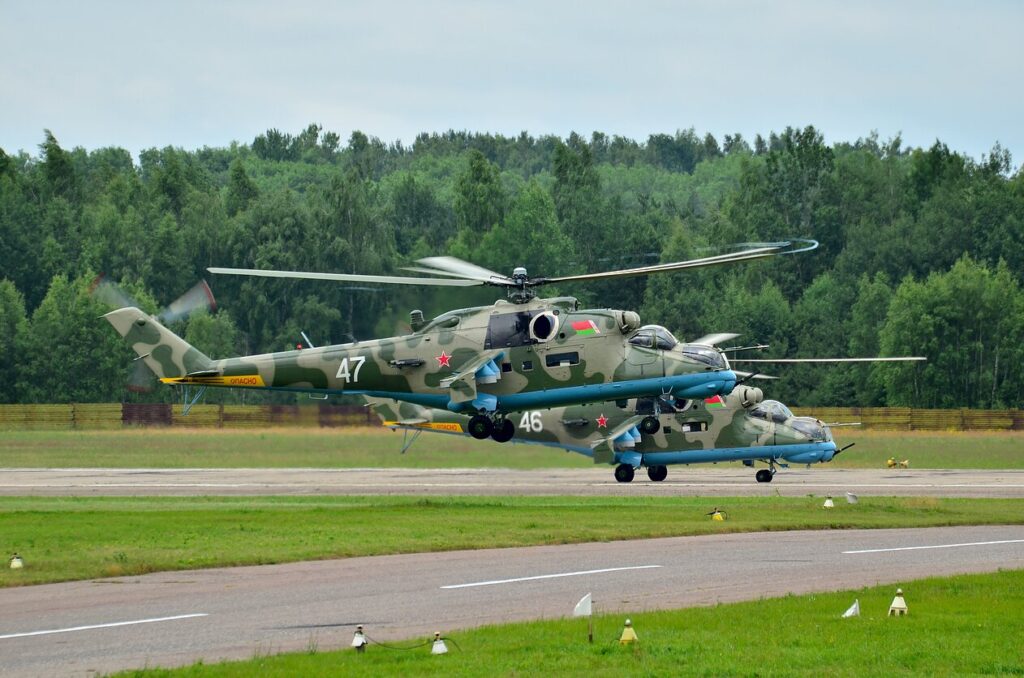With civilian factories frozen and war plants revived, Lukashenko’s regime becomes ghost manufacturer for Kremlin missiles

Moscow is hunting for missile and drone components. According to Ukraine’s Foreign Intelligence Service, Belarus is rapidly expanding its military production to compensate for a shortage of components in Russia’s defense industry.
Belarus is effectively fully absorbed by Russia under the current leader, Alexander Lukashenko. The Kremlin has deployed permanent military bases in Belarus, including aviation forces. Minsk assisted in launching the war against Ukraine by allowing the use of its territory and also forcibly relocated civilians, including children, for re-education.
“Moscow is looking for alternative sources of components, particularly for drones and missile systems, amid Western sanctions and logistical barriers. The Belarusian government is accelerating the launch of facilities tied to UAVs, dual-use electronics, and targeting systems,” the agency reports.
Civilian projects frozen, military ones prioritized
Belarus’s innovation strategy previously focused on civilian sectors, such as agricultural machinery, pharmaceuticals, and food production. Now, military development is the priority.
“Most army-related facilities are expected to be constructed and operational within one to one and a half years,” the Ukrainian Intelligence notes.
For example, a plant producing composite drone components was built based on the Multipurpose UAV Technology Center. The project, frozen in 2020, was revived after the full-scale war began. By late 2024, the factory was built and equipped, and production began in February 2025.
Sights, auto parts, and microchips for Kh-101 missiles
The Zenit-BelOMO plant is launching production of targeting systems and auto components for the CIS market. Production lines are set to open in August, with the plant expected to reach full capacity by year’s end.
Meanwhile, the Integral plant is expanding its production of dual-use microchips, which can be employed in guidance systems for Russia’s Kh-101 cruise missiles.
“A new workshop is expected to be operational in December, and full-scale production is planned for 2026,” the Ukrainian Intelligence adds.